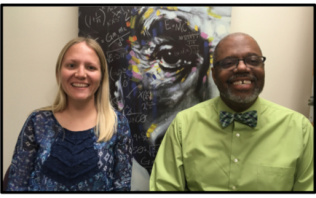
UDL Implementation in the PK-12 Math Classroom
This paper emphasizes the flexibility that UDL generates, helping all learners, especially those struggling or receiving services for disabilities, gain the access to quality mathematics learning at high levels that they may otherwise be denied.
It is relatively simple to articulate the three broad core principles of Universal Design for Learning to the PK–12 mathematics educator: provide multiple means of engagement, multiple means of representation, and multiple means of action and expression for all students on a regular basis. Application of these principles, however, is arguably more difficult, particularly when one attends to the detailed guidelines they encompass or attempts to focus exclusively on the teaching of a specific content area. Educators and their contexts are as unique as their fingerprints, and the idea of differentiating instruction in UDL-inspired ways on a consistent basis in every aspect of teaching within the confines of those unique contexts can be quite challenging. This paper emphasizes the flexibility that UDL generates, helping all learners, especially those struggling or receiving services for disabilities, gain the access to quality mathematics learning at high levels that they may otherwise be denied.
Share this resource:
Posted date:
January 17, 2019
Access the full resource here if it does not render.


